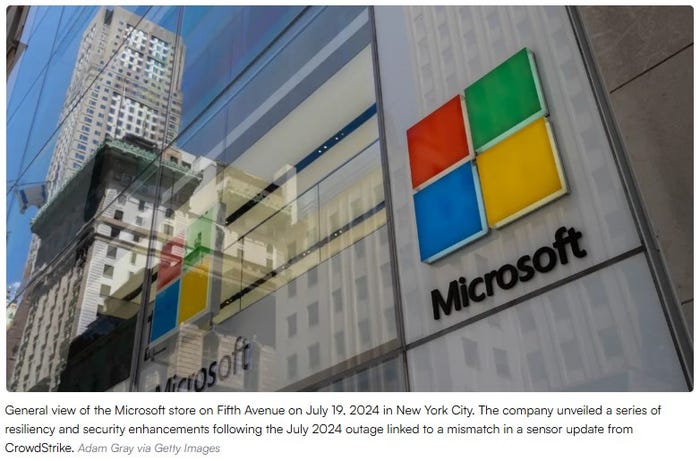Lynk inks New Zealand deals seeking cash to grow satellite fleet

In the first few days of June, Lynk Global made two announcements relating to New Zealand – the first being a successful trial of satellite-enabled texting with local telco 2Degrees and the other a partnership with another operator, Spark. While the company’s technology holds the promise to improve connectivity in areas with zero coverage, more satellites will be needed to provide a reliable service.
Lynk is one of several satellite firms hoping to establish themselves as providers of non-terrestrial (NTN) communications. Its main advantage is that it can connect to any mobile device, unlike competitors.
As Lynk’s CEO Charles Miller explained to Light Reading last year, this is achieved by placing the technology that would normally be located inside a cell tower directly in the satellite. By compensating for the Doppler effect, which occurs when sound or light waves are emitted by a moving object – interested readers can see the full explanation on MIT’s website – Lynk allows a mobile device to interact with the satellite much like it would with any other device.
This should, in theory, make it much easier for operators to start offering satellite-based communications to mobile users – or at least that’s the logic many telcos seem to have followed. Lynk currently counts over 20 partnerships in different parts of the world, including Australia, Ghana, Canada, Mongolia, the Bahamas and Papua New Guinea.
New Zealand, meanwhile, seems to be in a race to provide satellite connectivity. One, the result of a recent rebranding by Vodafone NZ, partnered with Starlink in April. While its focus will initially be on offering users satellite dishes for broadband, the ultimate goal is to use Starlink’s network to improve One’s mobile coverage.
MNOs’ strategies fall broadly into two categories, as Miller explained on a podcast by Telecoms.com (a Light Reading sister publication), with some expecting to charge a premium for the service. In such cases, a revenue-sharing agreement will be put in place. Others may offer the service for no additional charge and shoulder the costs themselves.
Seeking investors
Details about Starlink’s technology are sparse, but it is likely different from Lynk’s. When a US partnership between the Elon Musk-owned satellite firm and T-Mobile was announced, the press release stated that a “vast majority of smartphones already on T-Mobile’s network will be compatible.” This would suggest there is an additional requirement restricting the service.
Several direct-to-device companies, including Globalstar and Iridium, currently use custom waveforms, which means handsets need to support them to use the service. Lynk, meanwhile, says any 3GPP-compliant phone will be compatible. Its services should initially include texting and emergency phone calls, but eventually the solution could be used to replace loss-making cell towers.
To read the complete article, visit Light Reading.



